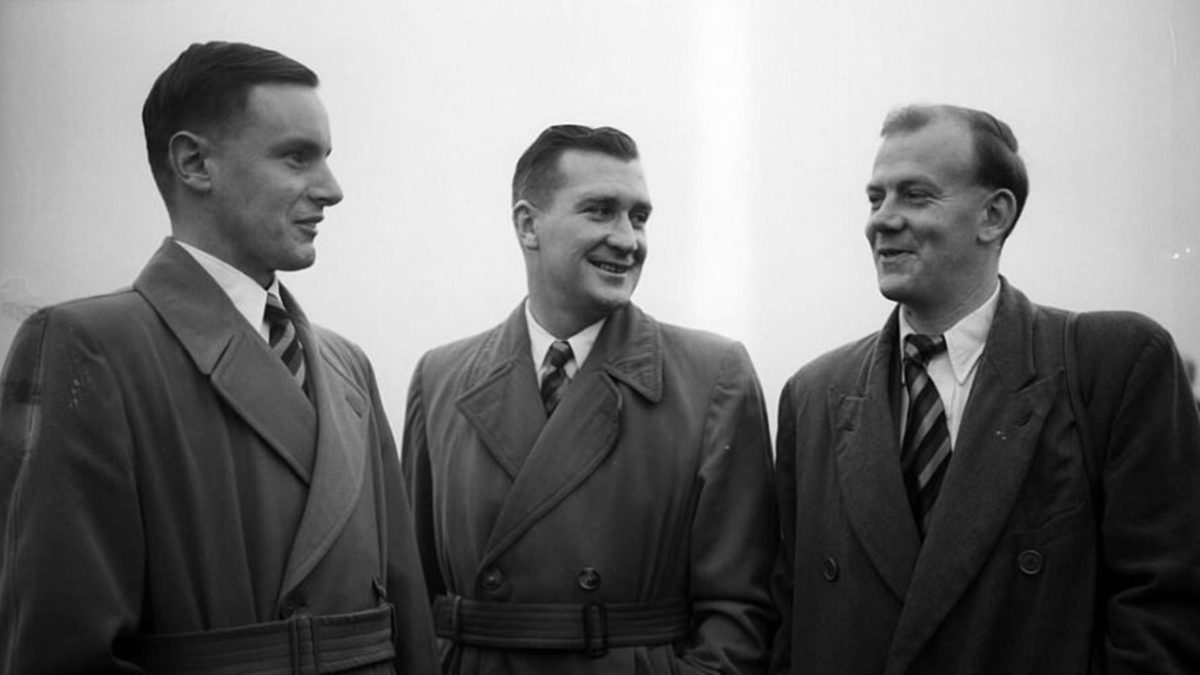
Tony Lock, who died on March 30, 1995, was an outstanding left-arm spinner for Surrey and England and a brilliant close-to-the-wicket fielder. His Wisden Almanack obituary revisited a sometimes controversial career.
Tony Lock was an aggressive, attacking left-arm spinner, who complemented ideally the subtleties of Jim Laker’s off-spin when Surrey were winning the County Championship every year from 1952 to 1958 and England regained, then retained, the Ashes; their names were twinned in cricket lore in a way usually associated with opening batsmen and fast bowlers. The final phase of his playing days saw him as a more orthodox slow bowler, relying on guile and flight as much as spin, and as a driving captain of Western Australia and Leicestershire.
Recommended to Surrey by H. D. G. Leveson Gower, Lock made his Championship debut in 1946, a week after his 17th birthday, against Kent at The Oval, and marked it with a hot catch at backward short leg off Alf Gover – the first of 830 in his career. In 1948, while doing National Service, he took six for 43 at Pontypridd, on a pitch “that afforded little assistance to bowlers”, when the Combined Services beat Glamorgan, that summer’s champions, and back at The Oval in 1949 he ousted the recently capped South Australian, John McMahon, as the left-arm spinner.
He was the leading wicket-taker on MCC’s tour of India and Pakistan in 1961-62 and, when he was omitted from the side for Australia in 1962-63, he went instead to play for Western Australia, where he took 32 wickets in the Sheffield Shield and immediately became a fixture. In 1966-67, he was the first post-war bowler to take 50 or more Shield wickets in a season. He assumed the captaincy in 1967-68 and led Western Australia to only their second Shield. Meanwhile, he had been recruited by Leicestershire for midweek games in 1965, and captained them in the next two seasons with such infectious enthusiasm that they rose from 14th in 1965 to second in 1967, then their highest position in the Championship.
There was an unexpected twist to this phase of his career when he was called to the Caribbean to replace the injured Titmus in 1967-68 and played in the last two Tests. In the final one, at Georgetown, his belligerent 89 in England’s first innings surpassed his previous highest first-class score, and put England on course for the draw that gave them the series. He was, Trevor Bailey wrote, “the ideal person to walk out to the crease when the match seemed lost”.
Lock continued as a coach in Perth and from 1987 to 1991 was a cricket professional at Mill Hill School in north London. His final years were overshadowed by two allegations of sexual abuse involving young girls, the second only months before his death from cancer. Cleared of both charges, he was nevertheless forced to sell some of his cricket memorabilia to meet his legal costs, and while the second court case was pending his wife died of a heart attack. He said bitterly just before he died that he would be remembered only for the charges and not for his cricket, but he will be proved wrong.
“There never has been a more aggressive spin bowler,” wrote David Frith in The Slow Men, and the aggression came out in his captaincy, his famous full-throated appealing (“When Lock appeals at The Oval,” as the old joke said, “someone’s out at Lord’s.”) and his marvellous catching. The spectacular ones, the sudden full-length dives, were the easy ones, recalled his Surrey team-mate Micky Stewart. His best were when he took the rockets, close in, without anyone noticing. Only W. G. Grace and Frank Woolley have taken more catches. Lock is also ninth in the list of all-time wicket takers with 2,844 at 19.23; 174 of those came in his 49 Tests, at 25.58. He was a volatile, vulnerable man but he was an astonishingly durable cricketer and the memory of that will endure too.
Lock, Graham Anthony Richard, died on March 30, 1995, aged 65.








